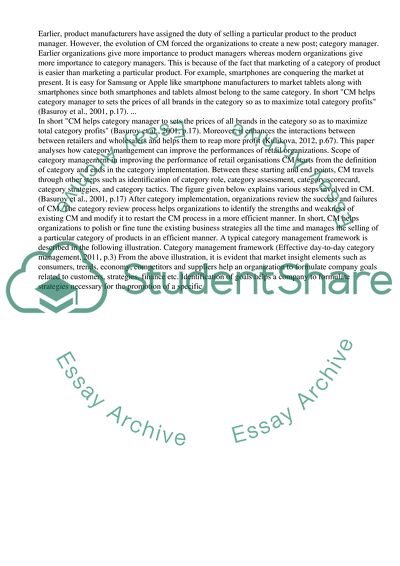Cite this document
(“Category Management (CM) And Its Scope In Improving The Performance Of Essay”, n.d.)
Category Management (CM) And Its Scope In Improving The Performance Of Essay. Retrieved from https://studentshare.org/management/1472451-what-is-category-management-and-how-can-this
Category Management (CM) And Its Scope In Improving The Performance Of Essay. Retrieved from https://studentshare.org/management/1472451-what-is-category-management-and-how-can-this
(Category Management (CM) And Its Scope In Improving The Performance Of Essay)
Category Management (CM) And Its Scope In Improving The Performance Of Essay. https://studentshare.org/management/1472451-what-is-category-management-and-how-can-this.
Category Management (CM) And Its Scope In Improving The Performance Of Essay. https://studentshare.org/management/1472451-what-is-category-management-and-how-can-this.
“Category Management (CM) And Its Scope In Improving The Performance Of Essay”, n.d. https://studentshare.org/management/1472451-what-is-category-management-and-how-can-this.


